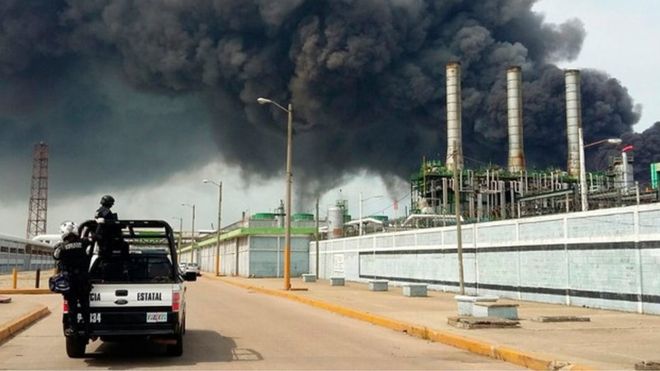New York, US (BBN) – Crude edged up slightly in thin Asian trade on Monday with markets on hold ahead of a public holiday in the US.
On the New York Mercantile Exchange, crude oil for delivery in March edged up 0.02 per cent to $53.79 a barrel, reports Investing.com.
Elsewhere, on the ICE Futures Exchange in London, Brent oil for April delivery gained 0.11 per cent to $55.79 a barrel.
In the week ahead, market participants will eye fresh weekly information on US stockpiles of crude and refined products on Wednesday and Thursday to gauge the strength of demand in the world’s largest oil consumer.
The reports come out one day later than usual due to Monday’s President’s Day holiday.
Meanwhile, traders will also continue to pay close attention to comments from global oil producers for further evidence that they are complying with their agreement to reduce output this year.
Last week, oil futures added a few pennies on Friday, but posted their first weekly decline in five weeks as concerns over rising production and swelling stockpiles in the US offset efforts by major producers to cut enough output to reduce a global glut.
Concerns that the ongoing rebound in US shale production could derail efforts by other major producers to rebalance global oil supply and demand pressured crude prices.
Data from oilfield services provider Baker Hughes on Friday revealed that the number of active US rigs drilling for oil rose by six last week, the fifth weekly increase in a row.
That brought the total count to 597, the most since November 2015.
Meanwhile, the US Energy Information Administration said on Wednesday that crude supplies rose by 9.5 million barrels last week to an all-time high of 518.0 million barrels.
OPEC and non-OPEC countries have made a strong start to lowering their oil output under the first such pact in more than a decade.
Latest data showed the group’s production in January declined by 890,000 barrels a day from the previous month to 32.14 million barrels a day.
The drop indicates a 90 per cent compliance level so far by producers who had agreed to curtail their output.
January 1 marked the official start of the deal agreed by OPEC and non-OPEC member countries such as Russia in November last year to reduce output by almost 1.8 million barrels per day to 32.5 million for the next six months.
OPEC could extend its oil supply-reduction pact with non-members or even apply deeper cuts from July if global crude inventories fail to drop to a targeted level, OPEC sources said on Thursday.
BBN/SK/AD

No Subscription? You Are Missing Out!
Join the business leaders of Bangladesh who rely on BBN's original reporting and in-depth analysis on business scenario of the country. We send only one daily email. No Spam Guaranteed!








